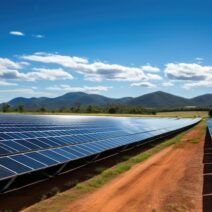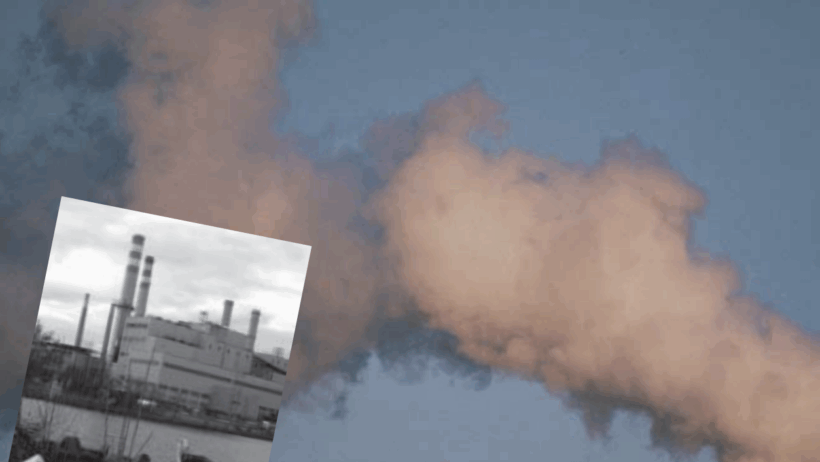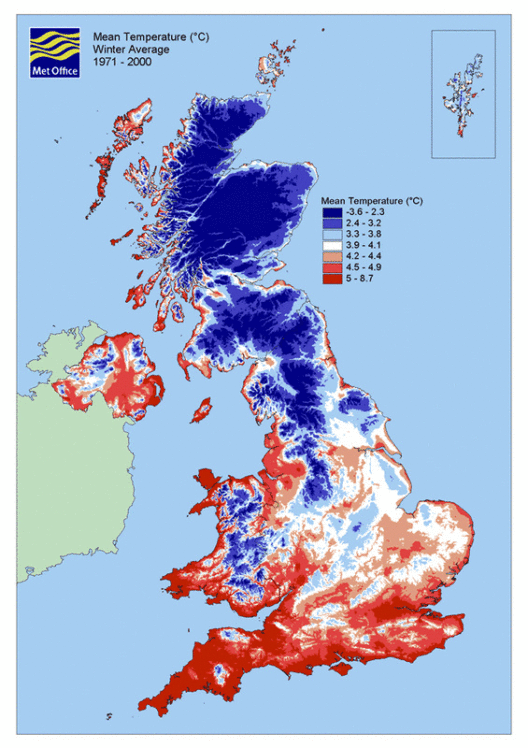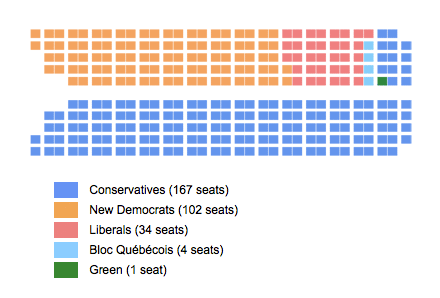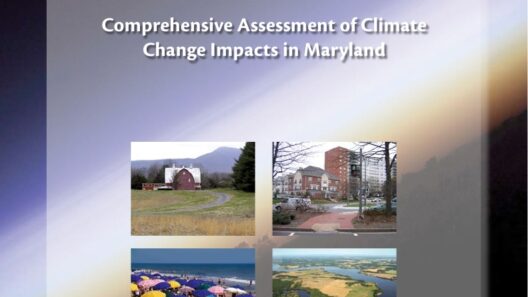Global warming, an existential challenge facing humanity, exerts profound impacts on urban environments, particularly on energy and power systems. As temperatures rise and weather patterns become increasingly erratic, the very backbone of power generation and distribution faces unprecedented threats and transformations. This discourse delves into the ramifications of climate change on cities’ energy sectors, examining the core components of this intricate web.
Firstly, rising temperatures challenge the efficacy of power generation facilities. Power plants, particularly those reliant on fossil fuels, are highly sensitive to temperature fluctuations. Increased ambient temperatures can dampen the efficiency of thermal power stations, which depend on steam to drive turbines. When water temperatures escalate, the cooling systems—essential for curtailing overheating—face obstacles that compel plants to reduce output or even shut down. This situation fosters a dual crisis: diminished energy generation capacity combined with soaring demand during hotter summers, leading to potential energy shortages.
Moreover, changes in precipitation patterns profoundly influence hydropower systems. Historically, hydropower has been a reliable source of renewable energy for many cities. However, the increasing frequency and intensity of droughts, a direct consequence of climate change, jeopardize water reservoirs. Reduced water flow can substantially lower energy output from hydroelectric plants, forcing cities to seek alternative, often less sustainable, energy sources. Consequently, this alteration not only threatens energy accessibility but also underscores the necessity for diversifying energy portfolios to bolster resilience.
Urban heating exacerbates energy demand during peak periods. Cities experience a phenomenon known as the “urban heat island” effect, where metropolitan areas become significantly warmer than their rural surroundings due to human activities and infrastructure. As air conditioning usage surges in response to heightened temperatures, energy consumption spikes. Utilities may struggle to meet this demand, leading to increased reliance on fossil fuel-based power generation, which further exacerbates greenhouse gas emissions. This troubling cycle illustrates that while urban areas strive for comfort, they inadvertently contribute to the climatic challenges that endanger their energy systems.
Distributed energy generation, including rooftop solar panels and small wind turbines, emerges as a countermeasure to central energy system vulnerabilities. With climate change prompting a shift in energy paradigms, many cities recognize the value of decentralization. Distributed energy systems can enhance resilience by allowing communities to harness local resources, thereby reducing dependence on large-scale power plants. However, this transition requires comprehensive policy frameworks and investment in smart grid technology to manage and integrate distributed sources effectively. Innovation in grid management is essential to accommodate fluctuations in renewable energy generation while ensuring reliability.
Electric utilities are therefore pressured to transition to more sustainable and robust energy infrastructures. Smart grids equipped with advanced metering infrastructure enable real-time monitoring of energy flows, demand response capabilities, and better integration of renewable energy sources. Such technologies can mitigate the disruptions caused by global warming by allowing for more efficient energy usage. For instance, during peak demand times, utilities can call upon demand response programs that incentivize users to reduce consumption temporarily, alleviating stress on the grid.
Additionally, energy storage technologies, such as batteries, play a crucial role in stabilizing energy systems. These solutions store excess energy generated during low-demand periods and release it during peak times, providing a buffer against fluctuations in supply and demand. The ongoing advancements in battery technology promise to further bolster grid reliability, making it feasible for cities to remain resilient even in the face of climate-induced challenges.
Furthermore, the intersection of climate change and energy policy cannot be overlooked. As federal and state governments grapple with the implications of global warming, cities are increasingly adopting ambitious targets for greenhouse gas reductions. Transitioning to sustainable energy sources, such as wind, solar, and geothermal, is critical in these efforts. Policymakers must prioritize incentives for renewable energy investments, enforce energy efficiency standards, and promote research and development for cutting-edge technologies. Strong governance frameworks are paramount to ushering in an era where energy systems adapt and thrive amidst climate challenges.
In addition to policy engagement, public awareness and community involvement significantly amplify the potential for change. Education campaigns can inform residents about energy efficiency practices, promote renewables, and galvanize collective action toward sustainability. Community-driven initiatives, such as local energy cooperatives, empower residents to actively engage in energy production and management, cultivating a sense of stewardship for their environment and fostering resilience through localized solutions.
On a broader scale, global warming acts as a catalyst for reevaluating urban planning. Cities must incorporate climate resilience strategies into development frameworks, ensuring that energy infrastructure can withstand climate extremes. Building codes should prioritize energy efficiency and sustainability, while public transportation systems should be enhanced to reduce reliance on fossil fuels. By embedding these considerations into the urban fabric, cities can create holistic energy systems capable of withstanding the multifaceted challenges posed by global warming.
In conclusion, the relationship between global warming and cities’ energy systems is complex and fraught with challenges. From power generation efficiency to the adoption of sustainable policies, the necessity for adaptation and innovation has never been more pressing. As cities navigate these uncharted waters, the synthesis of technology, policy, community engagement, and urban planning will determine their capacity to develop resilient energy systems in an era defined by climate change. The time to act is now—ensuring that future generations inherit a sustainable and equitable energy landscape.
